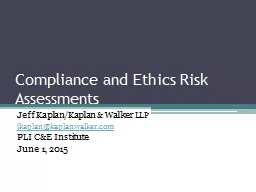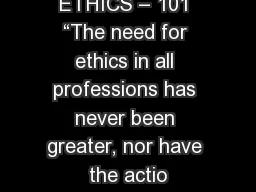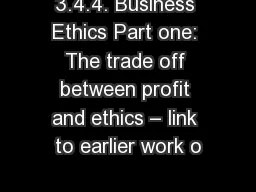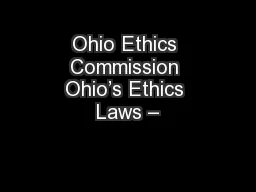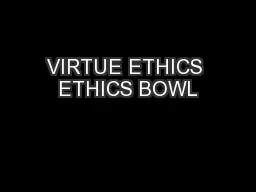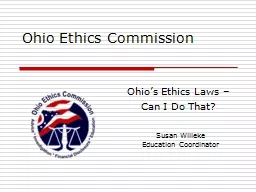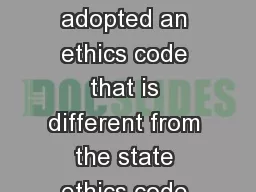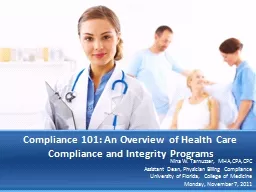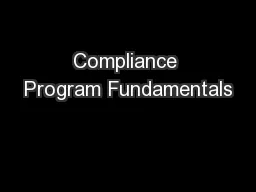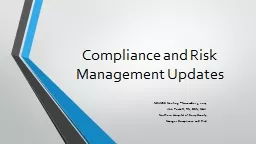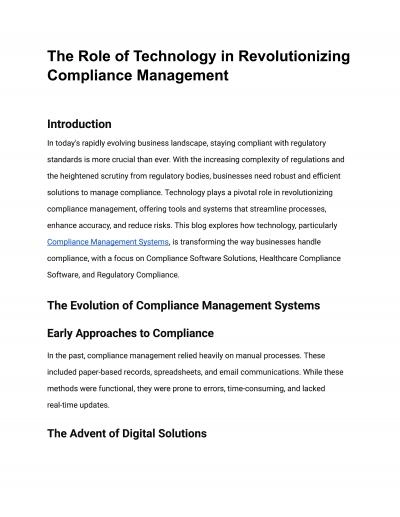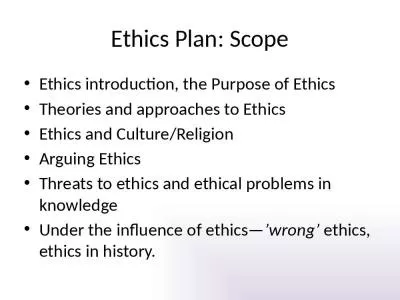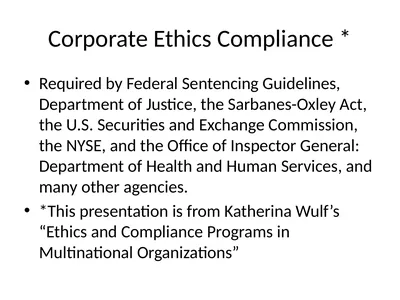PPT-Compliance and Ethics Risk Assessments
Author : debby-jeon | Published Date : 2019-02-28
Jeff KaplanKaplan Walker LLP jkaplankaplanwalkercom PLI CE Institute June 1 2015 Todays presentation What your risk assessment should do for your program
Presentation Embed Code
Download Presentation
Download Presentation The PPT/PDF document "Compliance and Ethics Risk Assessments" is the property of its rightful owner. Permission is granted to download and print the materials on this website for personal, non-commercial use only, and to display it on your personal computer provided you do not modify the materials and that you retain all copyright notices contained in the materials. By downloading content from our website, you accept the terms of this agreement.
Compliance and Ethics Risk Assessments: Transcript
Download Rules Of Document
"Compliance and Ethics Risk Assessments"The content belongs to its owner. You may download and print it for personal use, without modification, and keep all copyright notices. By downloading, you agree to these terms.
Related Documents

